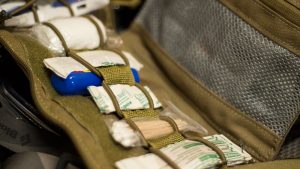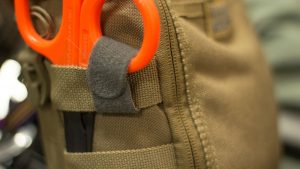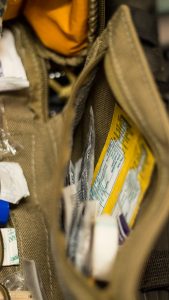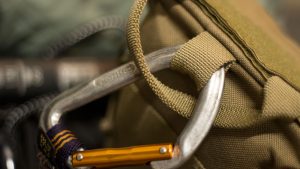Did you know the CDC has stockpiled caches of nerve agent antidotes around the country? The CDC (Centers of Disease Control) states that if their nerve agent antidote is all in one place (like Washington, DC, for instance), that it would be too difficult to deploy the antidote in the event that there’s a need for a fast response.
The CHEMPACK antidotes treat the symptoms of nerve agent exposure. It works even if you do not know exactly what nerve agent is causing symptoms.
The antidotes must be administered quickly. The CDC keeps 1,960 containers that are available at the local level, strategically placed in more than 1,340 US cities. The government doesn’t make the exact locations for the Chempacks known. There’s little info available online that I can see that tells where they are. Take a look at page 10 of this PDF I found and see what region you’re in: https://www.deadiversion.usdoj.gov/mtgs/drug_chemical/2008/jstear.pdf
If you want to know more about your particular state or county, start by looking at the state health department website. I had to do some digging, but I found a newsletter online that states, “Oregon is home to several CHEMPACK containers, which are strategically placed throughout the state.” That’s as much info on the location of the Chempacks that I could find. But, the CDC estimates more than 90% of the U.S. population is within one hour of a Chempack location. Do a little digging and see what you can find for your state. Call your local hospital or fire station and see if they will tell you if they have one or not.
On April 11, 2017, the FDA issued an Emergency Use Authorization (EUA) to permit the emergency use of the 2 mg atropine auto-injector, manufactured by Rafa Laboratories, Ltd. On May 23, 2017, FDA amended the EUA to also permit the emergency use of pediatric strengths (i.e., 0.5 mg and 1 mg) of this atropine auto-injector. These products are included in Chempack containers located across the United States. This specific atropine auto-injector is authorized for the initial treatment of symptoms of known or suspected poisoning in individuals exposed to nerve agents or certain insecticides (organophosphorus and/or carbamate).
Pretty much all the online resources of Chempacks all link back to this one page: https://www.cdc.gov/phpr/stockpile/chempack.htm
Photo from blogs.cdc.com. First responders prepare for Chempack training.




